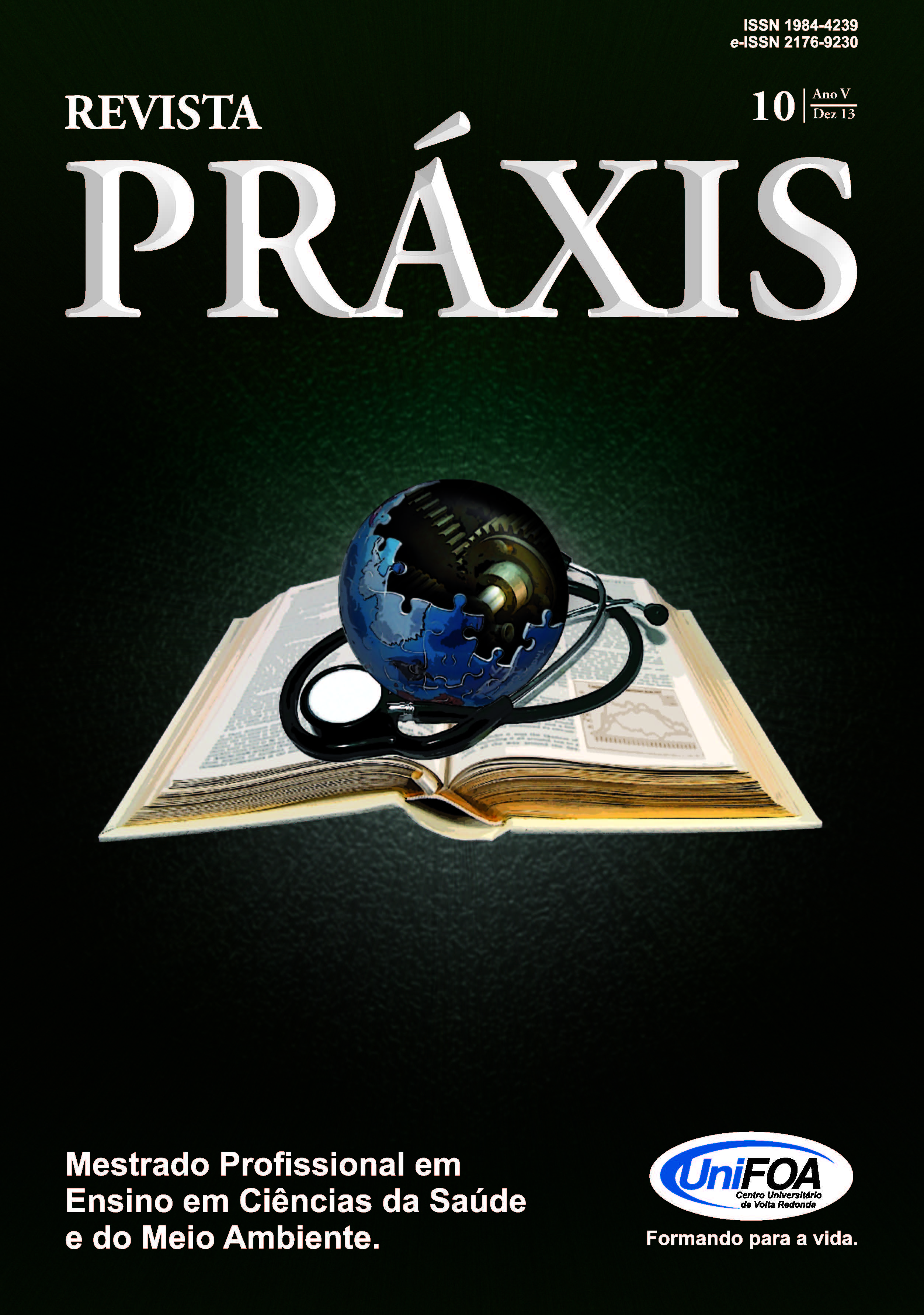Quality of life scores in active and sedentary university students and staff: impacts of in-person return
impactos do retorno presencial
DOI:
https://doi.org/10.47385/praxis.v16.n30.5006Abstract
This research investigated the quality of life (QOL) of university students and employees, after returning in person and its relationship with the level of physical activity (PAL). This is an observational research, with a longitudinal approach. 93 subjects participated, 60 students and 33 employees. The SF-36 was used to obtain QoL scores and a questionnaire with questions about Physical Activity Level (PAL). As results, we found that: the group that brings together all participants had higher averages in the PAL and QoL domains, with a difference for limitations due to physical aspects, showing that physical condition is positively related to mental condition and well-being. In the intragroup analysis of those who did not change their PAL, the QoL domains did not change, exposing that PAL may not have a significant impact on the QoL domains for this specific group. However, when comparing active and inactive, almost all domains in this group were different. The group that changed from inactive to active increased functional capacity scores, physical limitations and general health status, indicating that the change from an inactive lifestyle to an active lifestyle had a positive impact on the group's QoL. Finally, comparing the deltas, the increase in PAL had a difference in the domains: functional capacity and general health status. Such evidence suggests that adopting an active lifestyle has a positive impact on the perception of these QoL domains.











